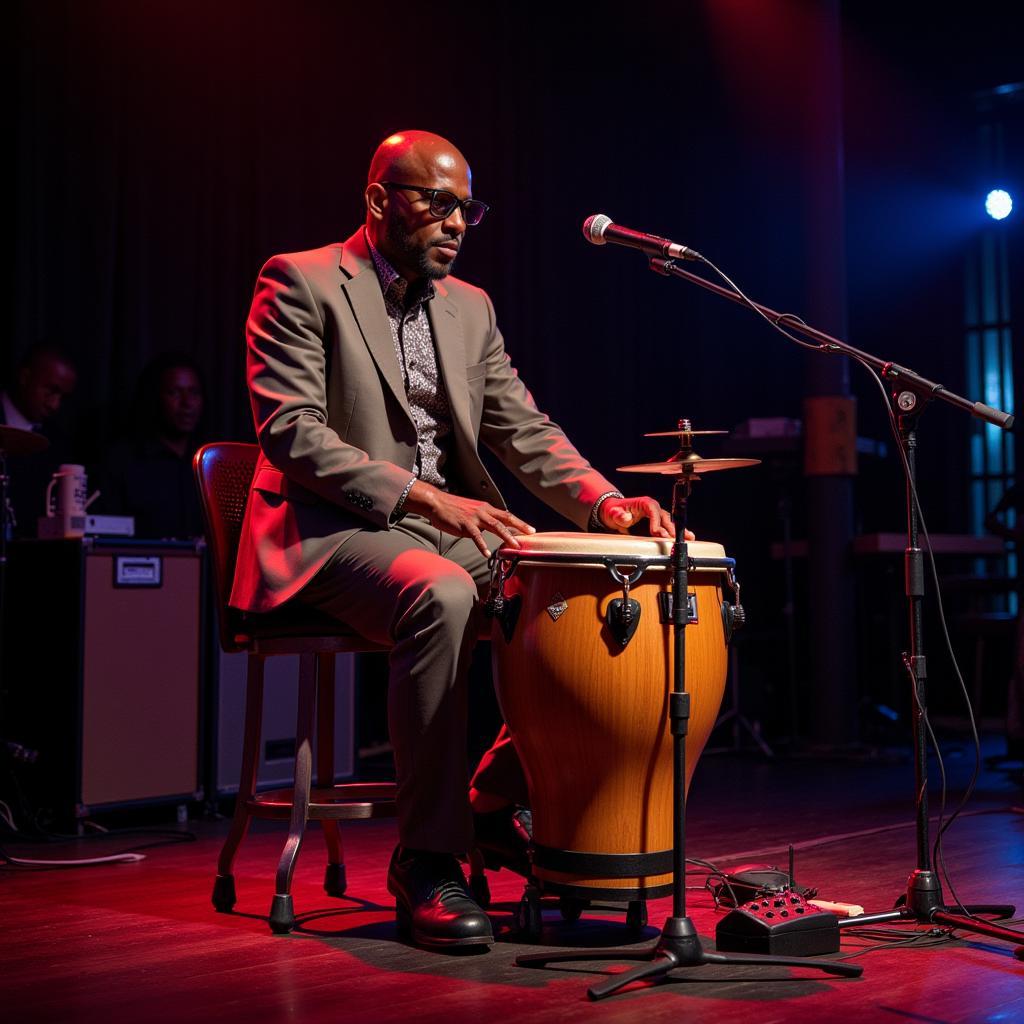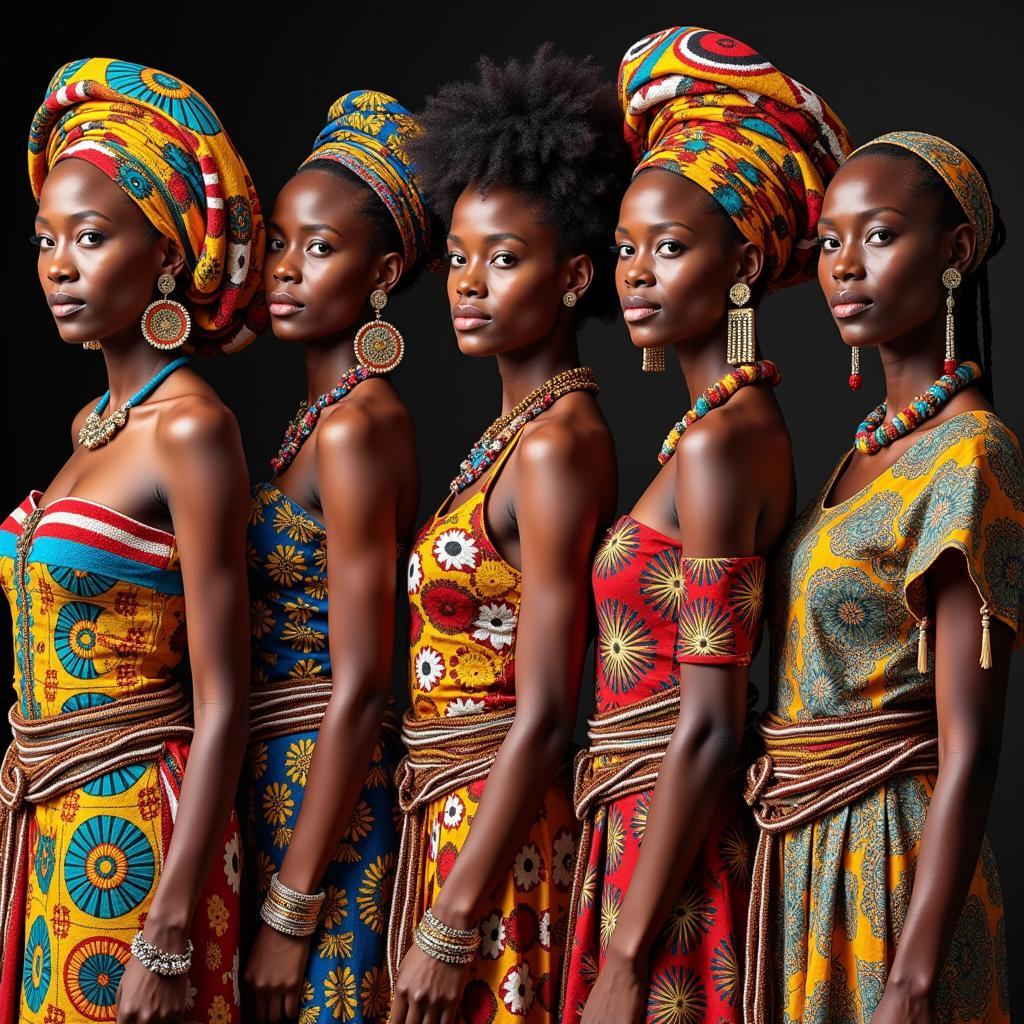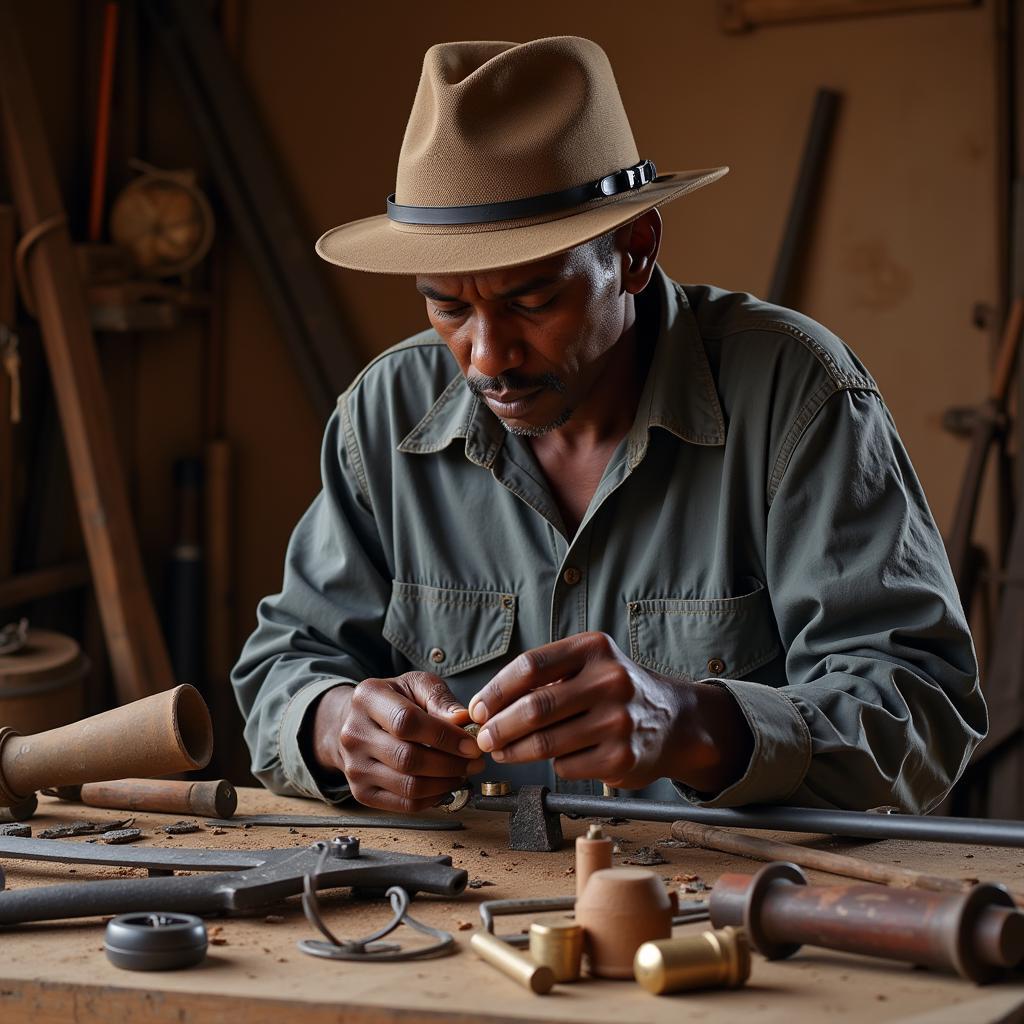Exploring the Vibrant World of African Bongo Rhythms
African Bongo Rhythms are a captivating element of the continent’s rich musical tapestry. From celebratory dances to soulful melodies, the bongo drums play a vital role in expressing the heart and soul of numerous African cultures. This article delves into the history, significance, and diverse expressions of these captivating rhythms.
The History and Cultural Significance of African Bongo Rhythms
The origins of African bongo rhythms can be traced back centuries, intertwined with the history and traditions of various communities across the continent. While the specific origins can vary depending on the region and ethnic group, the bongo drums have consistently served as a powerful means of communication, storytelling, and artistic expression. They are often used in ceremonies, rituals, and social gatherings, playing a crucial role in connecting people with their cultural heritage. In some cultures, african bongo music is an integral part of spiritual practices, used to invoke ancestral spirits or accompany healing rituals. The rhythmic patterns and resonant tones of the bongos create an atmosphere of reverence and connection.
The bongo drums are more than just instruments; they are symbols of cultural identity and continuity. They represent the heartbeat of a community, carrying the echoes of generations past and shaping the sounds of the future. The rhythms are often passed down through families and communities, preserving musical traditions and fostering a sense of shared identity.
 African Bongo Drummers in Traditional Ceremony
African Bongo Drummers in Traditional Ceremony
Regional Variations in African Bongo Rhythms
African bongo rhythms display remarkable diversity across the continent. Different regions and ethnic groups have developed their own unique styles and techniques, reflecting the distinct cultural landscapes from which they emerge. In East Africa, for instance, the bongo rhythms are often characterized by fast-paced, intricate patterns, frequently accompanied by singing and dancing. These rhythms are commonly used in celebratory events, such as weddings and harvests, creating a lively and festive atmosphere.
West African bongo rhythms, on the other hand, might incorporate complex polyrhythms and call-and-response patterns, often associated with storytelling and oral traditions. The rhythms create a dynamic interaction between the drummers and the audience, weaving together musical narratives that convey important cultural messages. These variations highlight the rich tapestry of African bongo music, showcasing the ingenuity and creativity of different communities. If you’re interested in hearing some examples of this rich musical tradition, you can find african bongo music mp3 online.
What are some common bongo drum playing techniques?
Several techniques are common in African bongo playing, including open tones, slaps, and muted tones, creating a wide range of sounds and rhythmic possibilities.
How are African bongo rhythms used in contemporary music?
African bongo rhythms have significantly influenced various contemporary music genres, including jazz, funk, and world music. They have been adopted and adapted by musicians around the globe, contributing to the evolution of modern musical styles. Check out “A Song of African Youth” for a contemporary example. a song of african youth
The Future of African Bongo Rhythms
African bongo rhythms continue to evolve, blending traditional styles with modern influences. Contemporary musicians are exploring new ways to incorporate these rhythms into their music, pushing the boundaries of creativity and ensuring that these ancient traditions remain vibrant and relevant in the 21st century. This fusion of old and new is creating exciting new musical landscapes, bridging cultural divides and captivating audiences worldwide. You might also enjoy exploring other forms of African music, like the one highlighted in this african child music video.
 Contemporary African Bongo Musician
Contemporary African Bongo Musician
Dr. Abimbola Adebayo, a renowned ethnomusicologist, states, “African bongo rhythms are not static; they are living traditions that continue to adapt and transform, reflecting the ever-changing cultural landscape.”
Another expert, Mamadou Diarra, a master bongo drummer from Senegal, adds, “The bongo drums speak a universal language, connecting people through the power of rhythm and shared human experience.”
In conclusion, African bongo rhythms represent a vital part of the continent’s cultural heritage, expressing the heart and soul of diverse communities. From traditional ceremonies to contemporary music, these captivating rhythms continue to resonate with audiences worldwide, bridging cultural divides and celebrating the enduring power of music. Explore the vibrant world of African bongo rhythms and discover the rich tapestry of sounds and stories they hold.
FAQ
-
What are African bongo drums made of? Traditionally, they are made from hollowed-out wood, covered with animal skin.
-
How many different types of bongo drums are there? There are many variations, each with its own unique size, shape, and sound.
-
Where can I learn more about African bongo rhythms? There are numerous resources available online, including websites, videos, and educational materials.
-
Can anyone learn to play the bongo drums? Absolutely! With practice and dedication, anyone can learn to play.
-
Are there any online communities dedicated to African bongo music? Yes, there are various online forums and groups where enthusiasts can connect and share their passion for African music.
-
How can I find authentic African bongo drums to purchase? You can find reputable sellers online or in specialized music stores.
-
What is the cultural significance of African bongo rhythms? They play a vital role in ceremonies, rituals, storytelling, and artistic expression.
Are you interested in learning more about african beauty mp3?
For any inquiries or assistance, please contact us:
Phone: +255768904061
Email: kaka.mag@gmail.com
Address: Mbarali DC Mawindi, Kangaga, Tanzania.
Our customer service team is available 24/7.



